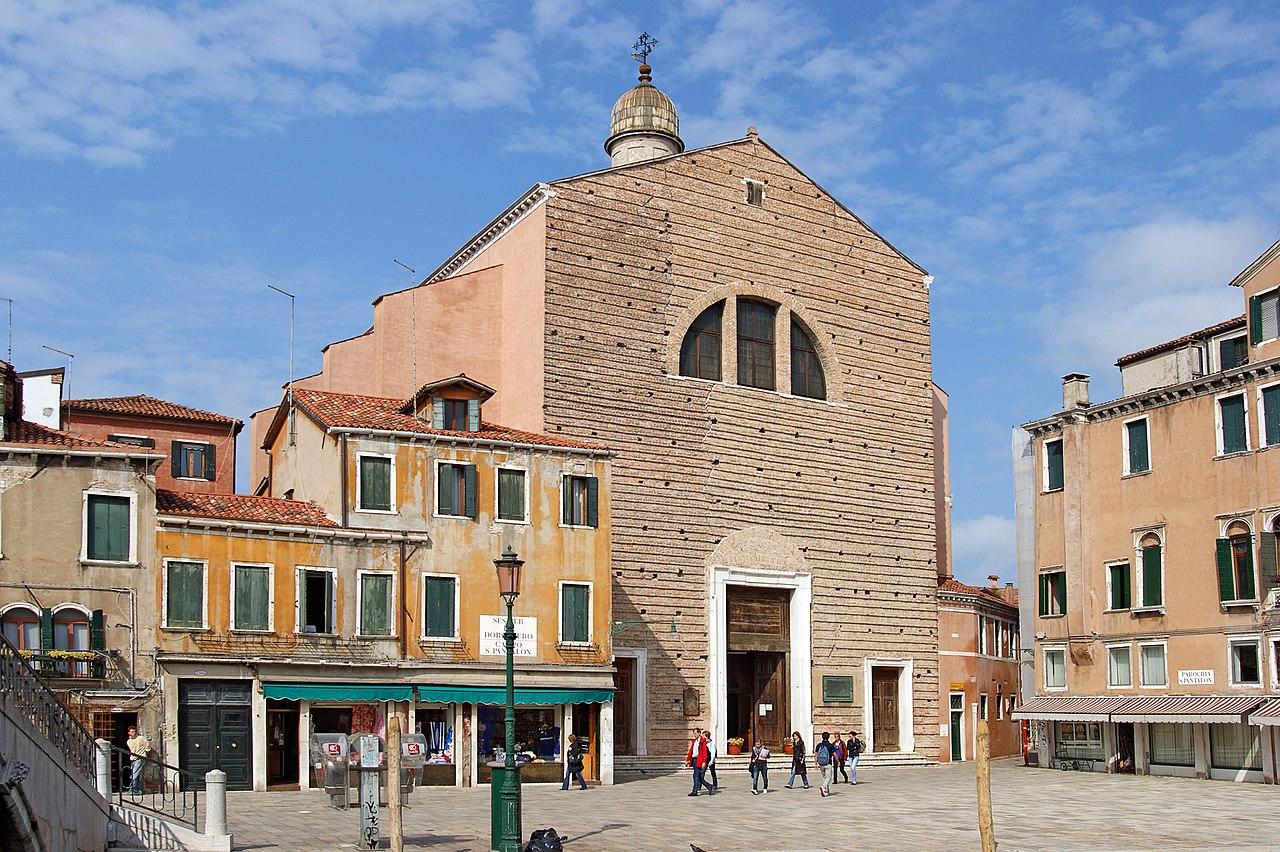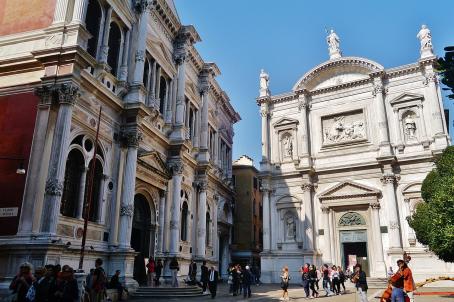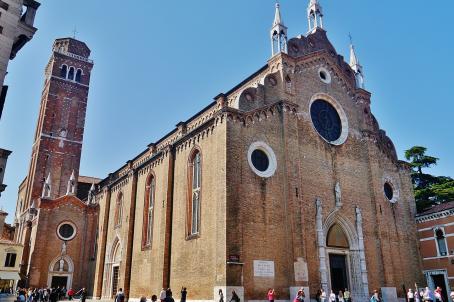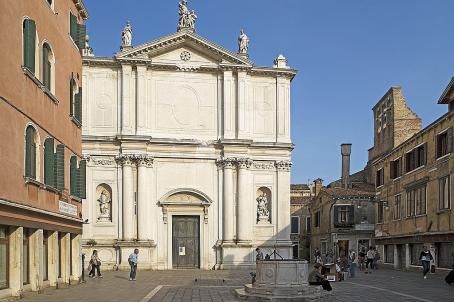San Pantalon

The church of San Pantalon, consecrated in 1745, bears the name of the local saint San Pantaleone di Nicomedia in Bithynia. San Pantalon was a doctor between the 3rd and 4th century and was martyred during the persecutions of Maximian between 305 and 310.





